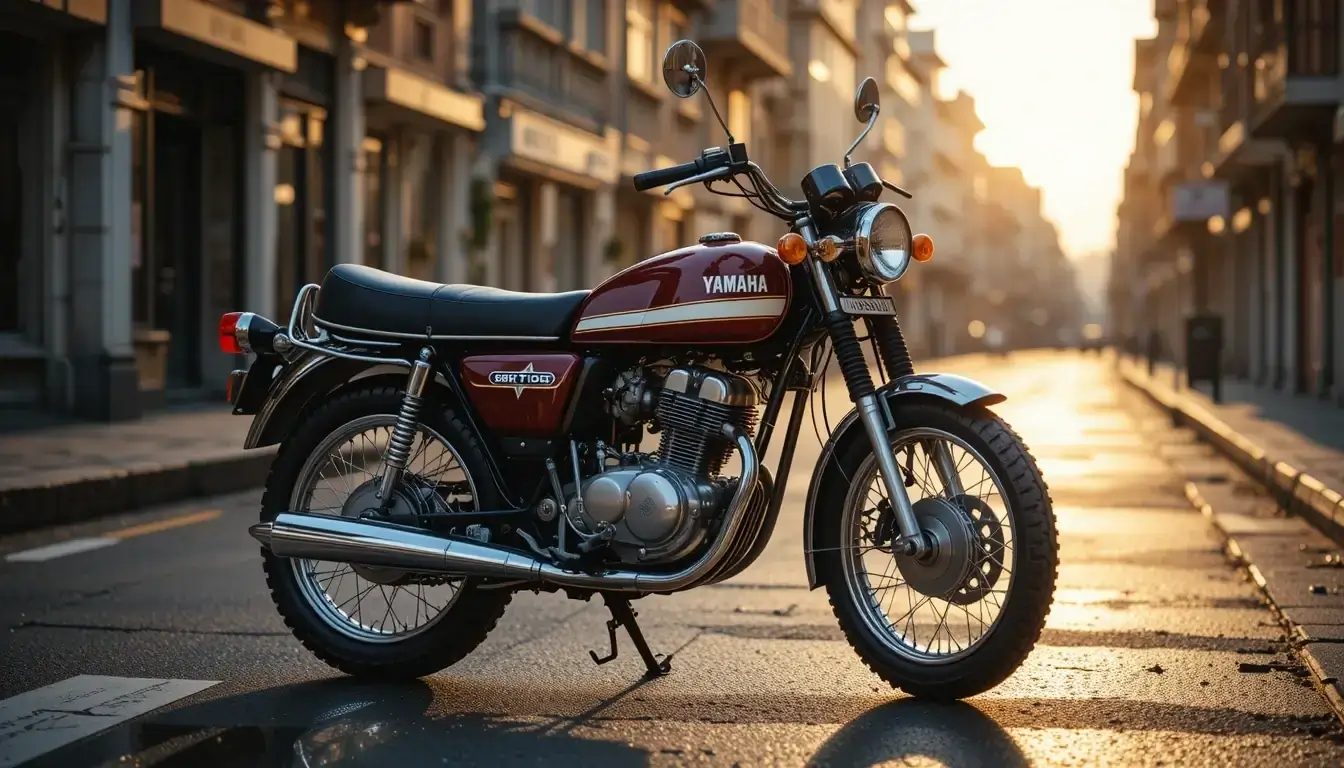If you’re into bikes, you’ve probably heard folks raving about the Yamaha RX 100. Let me tell you, this thing was a beast back in the day. Launched in 1985, it wasn’t just a motorcycle—it was a rebellion on wheels. And even now, decades after Yamaha stopped making it, the Yamaha RX 100 has this cult following that’s hard to explain. But hey, let’s try anyway.
The RX 100’s Heyday: When Two-Strokes Ruled the World
Back in the ’80s, India’s roads were all about two-stroke engines. The smell of burnt oil, that raspy exhaust note—man, it was a vibe. Then Yamaha dropped the RX 100, and suddenly, everything changed. Priced around ₹14,000 (a steal for its time), it became the dream machine for college kids and young pros. I mean, who wouldn’t want a bike that could hit 100 km/h while weighing less than a sack of rice?
But here’s the kicker: the RX 100 wasn’t just fast. It had attitude. Competing bikes like the Rajdoot 175 felt clunky next to its slick design. And don’t get me started on the sound—that “ring-a-ding” from the exhaust was like a siren call. Sadly, stricter emission norms killed it off by 1996. Talk about a party ending too soon.
Under the Hood: Why Mechanics Loved (and Hated) This Bike
Now, let’s geek out on the specs. The RX 100 packed a 98cc two-stroke engine, air-cooled and carbureted. No fancy fuel injection, just pure, unfiltered mechanics. You had to mix oil with petrol manually—kinda annoying, but oh-so-rewarding when it roared to life. And that 11 BHP? For a 98kg bike, it felt like riding a rocket.
But here’s the thing: this bike wasn’t for the faint-hearted. If you didn’t know your way around a spanner, the RX 100 could be a nightmare. The plugs fouled, the carb needed tuning, and let’s not forget the smoke. Oh, the smoke! Yet, that’s what made it special. It demanded respect. And if you treated it right, it’d fly like nothing else.
Design Vibes: Less Is More
The RX 100’s design? Minimalist magic. Teardrop tank, slim frame, chrome exhaust—it looked fast even when parked. No flashy digital gauges, just a humble analog speedometer. And those handlebars? So basic, they were cool. You didn’t need neon colors or stickers. The bike’s simplicity was its style.
Riding it felt raw. The throttle responded like it read your mind, and the lightweight body let you flick through traffic like a ninja. Sure, modern bikes are smoother, but they don’t give you that “I’m-in-control” thrill. The RX 100 did. It was like dancing with a partner who knew every move.
Pop Culture’s Favorite Bad Boy
Bollywood loved this bike. From Jaanwar to Dil Chahta Hai, the RX 100 was the ultimate rebel accessory. It wasn’t just a prop—it became a character. And off-screen, it was the same. Owning one made you the cool kid in the group. Even today, Instagram is flooded with #RX100 posts. Restorations, custom paint jobs, vintage rallies—you name it.
And get this: a well-kept RX 100 now costs more than some new bikes. People hunt for original parts like treasure. There’s even a market for “Frankenstein” builds—mixing old-school charm with modern tweaks. But purists? They’ll swear the magic’s in keeping it stock.
Why the RX 100 Still Matters (Yes, Even in 2024)
In a world obsessed with EVs and emission norms, the RX 100 is a time capsule. It reminds us of days when riding was about feeling the road, not just getting somewhere. For collectors, it’s a trophy. For mechanics, a puzzle. For riders? Pure joy.
Yamaha’s teased about reviving the RX name with electric models. But let’s be real—can a battery-powered bike ever match the soul of a two-stroke? Doubt it. The RX 100’s legacy isn’t just about speed; it’s about the stories, the grease-stained hands, and that unbeatable grin when you nailed the perfect gear shift.
Wrapping Up: The Legend Lives On
So, is the Yamaha RX 100 overhyped? Nah. It’s the real deal—a bike that defined an era. Whether you’re a ’90s kid reliving memories or a Gen-Zer discovering vintage cool, the RX 100 hits different. It’s not perfect, but that’s the charm. Flaws and all, it’s a legend.
And hey, if you ever spot one on the road, listen close. That exhaust note isn’t just noise. It’s a love letter to a time when bikes had personality. Long live the RX 100.
